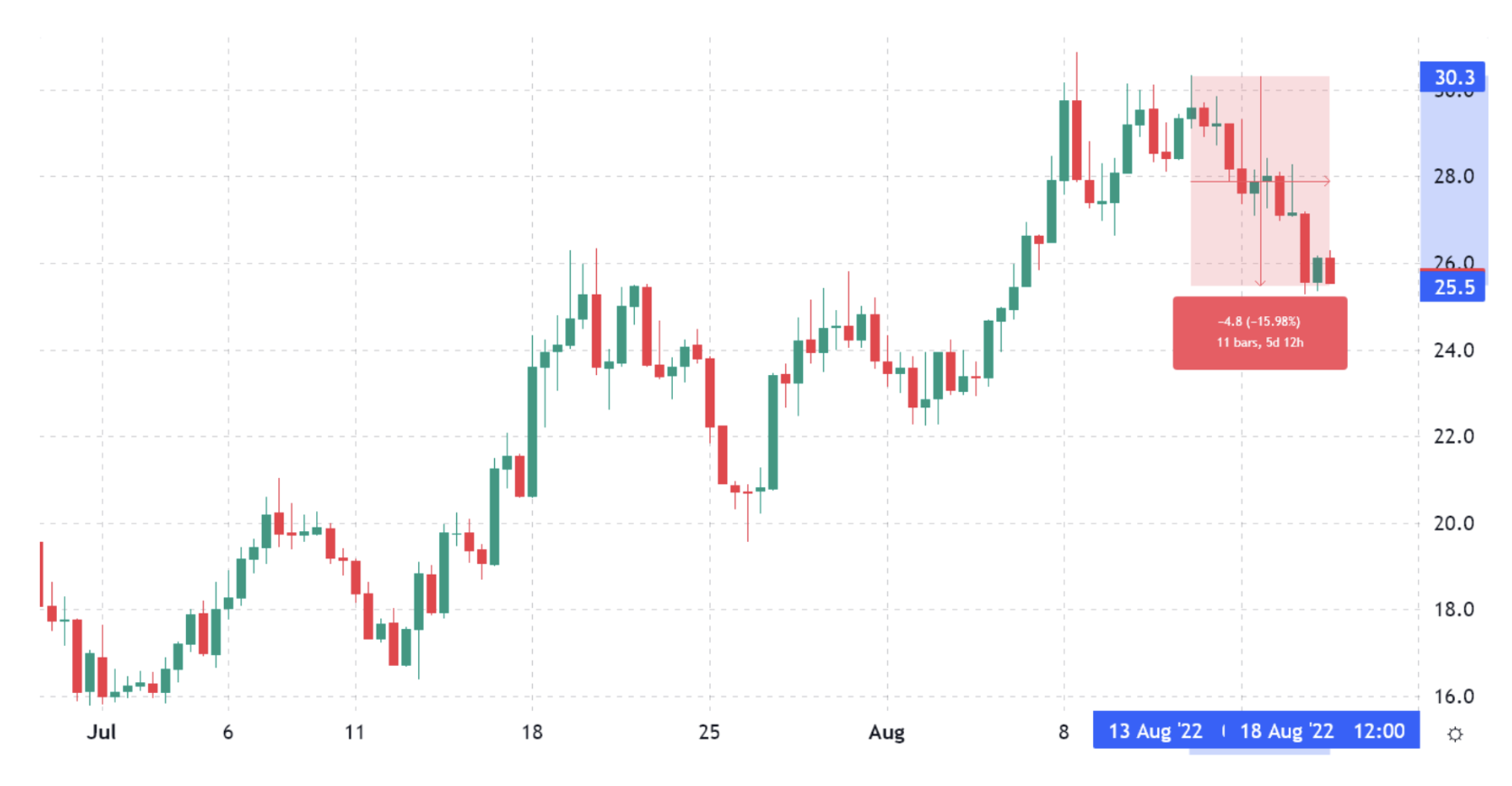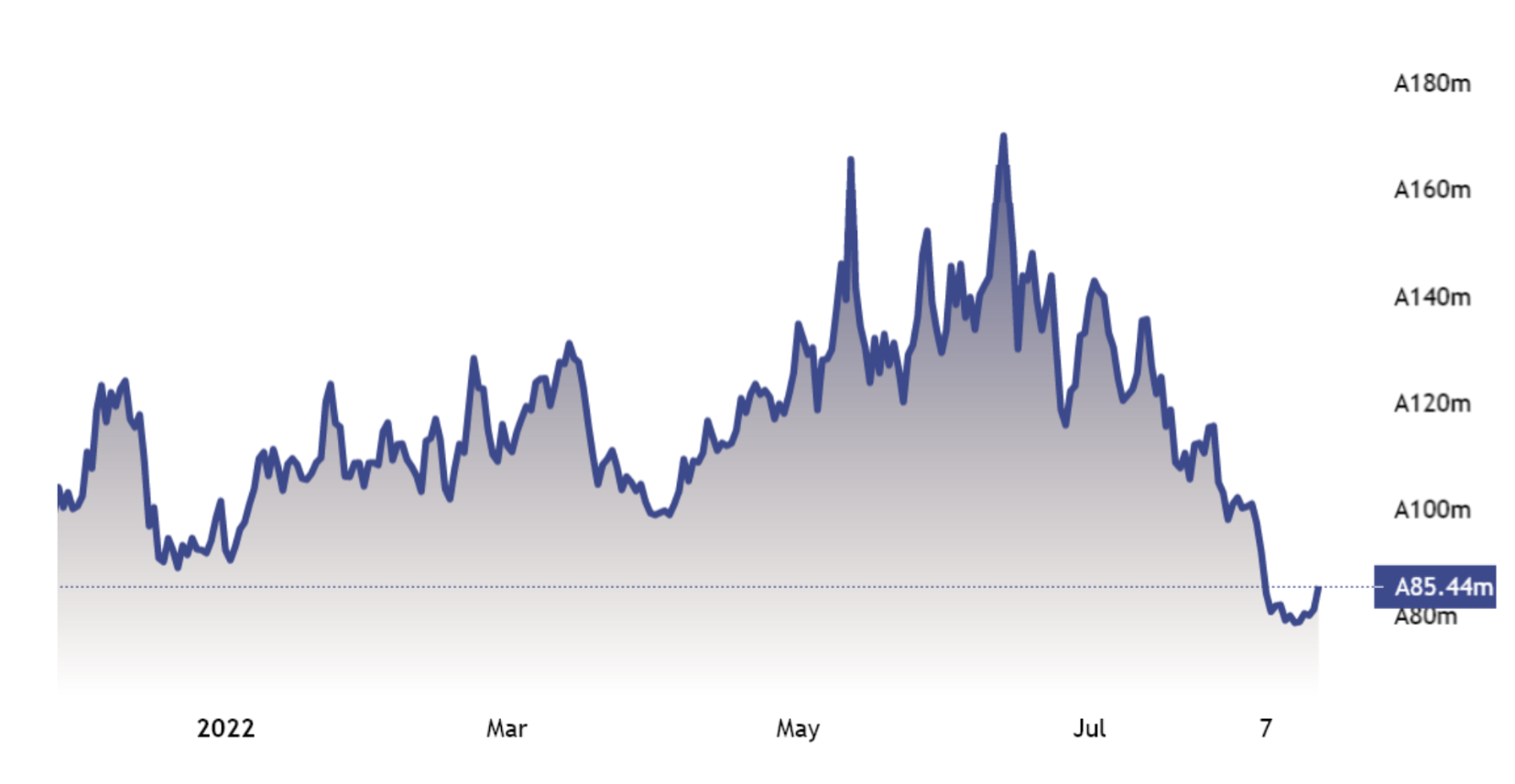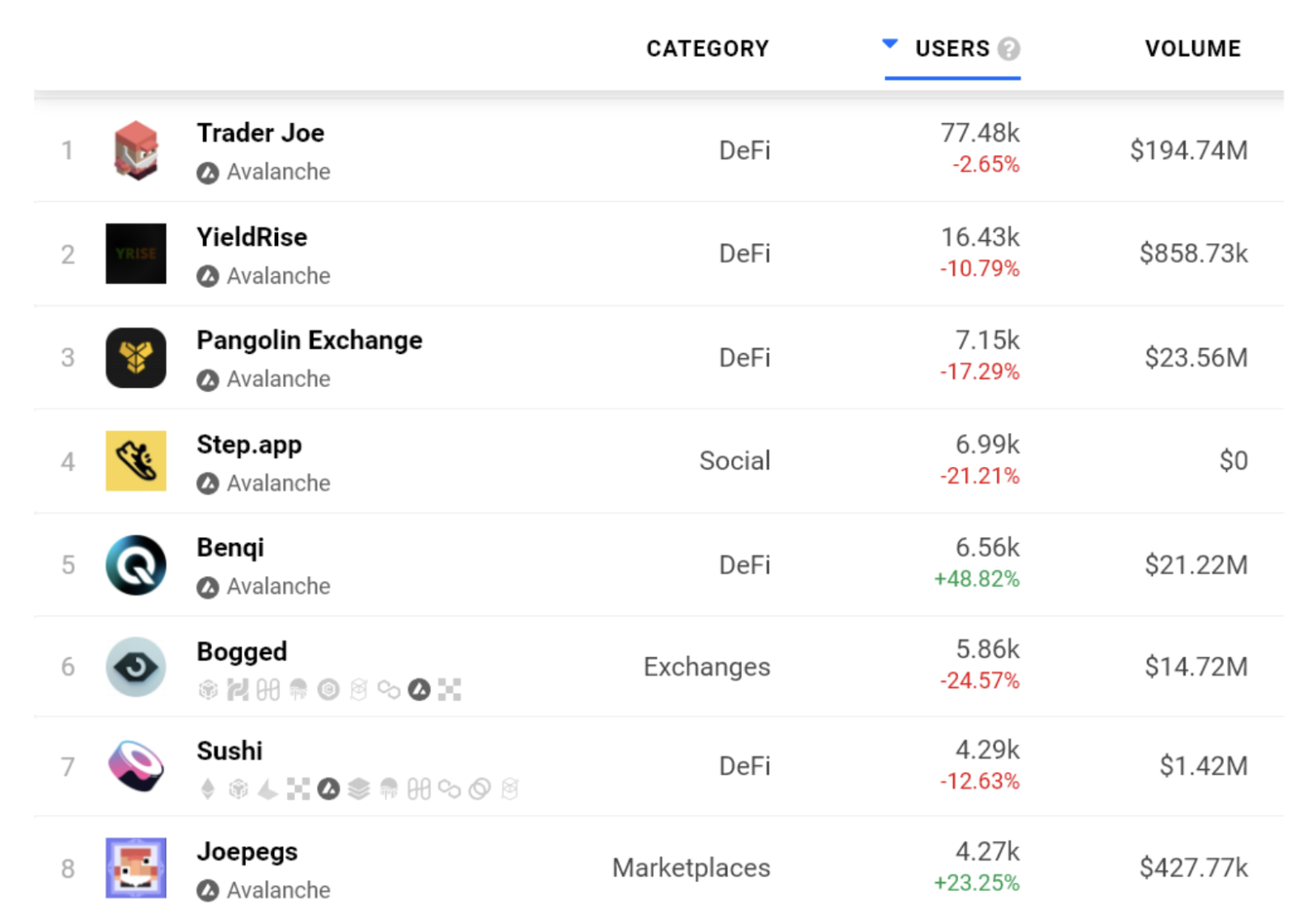After an impressive 73% rally between July 13 and Aug. 13, Avalanche (AVAX) has faced a 16% rejection from the $30.30 resistance level. Some analysts will try to pin the correction as a “technical adjustment,” but the network’s deposits and decentralized applications reflect worsening conditions.

The decentralized application (DApp) platform is still a top-15 contender with a $7.2 billion market capitalization. Meanwhile, Solana (SOL), another proof-of-work (PoW) layer-1 platform, holds a $14.2 billion market cap, which is nearly twice as large as Avalanche’s.
Avalanche’s TVL dropped 40% in two months
Some analysts tend to give too much weight to the total value locked (TVL) metic and although this might hold relevance for the decentralized finance (DeFi) industry, it is seldom required for nonfungible token (NFT) minting, digital item marketplaces, crypto games, gambling and social applications.
Using the layer-2 solution Polygon (MATIC) as a proxy, it currently holds a $2.2 billion TVL while MATIC’s market cap stands at $7.2 billion; thus, a 3.3x MCap/TVL ratio. Curiously, the same ratio applies to Avalanche, which currently holds a similar $2.2 billion TVL and $7.2 billion capitalization.

The chart above shows how Avalanche’s smart contracts deposits peaked at 175 million AVAX on June 13, followed by a constant decline. In dollar terms, the current $2.2 billion TVL is the lowest number since September 2021. This number represents 8.2% of the aggregate TVL (excluding Ethereum), according to data from DefiLlama.
Initially, the data seems disappointing, especially considering Solana’s network TVL reduced by 27% in the same period in SOL terms, and Ethereum’s TVL declined by 33% in ETH deposits.
DApp use has also underperformed competing chains
To confirm whether the TVL drop in Avalanche is troublesome, one should analyze a few DApp usage metrics.

Avalanche’s TVL has been hit the hardest compared to similar smart contract platforms and the number of active addresses interacting with most DApps only surpassed 20,000 in one case. This data should be a warning signal for investors betting on this automated blockchain execution solution.
Polygon, on the other hand, racked up 12 decentralized applications with 20,000 or higher active addresses in the same time period. The findings above suggest that Avalanche is losing ground versus competing chains and this adds further reason for the recent 16% sell-off.
The views and opinions expressed here are solely those of the author and do not necessarily reflect the views of Cointelegraph. Every investment and trading move involves risk. You should conduct your own research when making a decision.






Leave A Comment